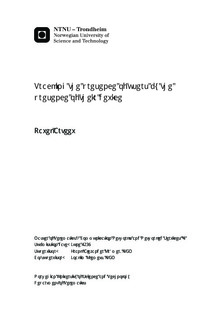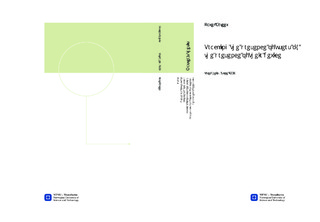| dc.description.abstract | Real-time locating systems (RTLS) are systems, which can automatically identify and track the objects. Such a system can be helpful at university in a way that students can find in which auditorium a professor is present at that moment or at hospital for the fast detection of rooms in which nurses are present.In this thesis the prototype of the Real-time locating system based on the Bluetooth Low Energy technology was build and demonstrated. System was developed using Reactive Blocks SDK. The development, using SDK, is turning the ordinary program codding process to the visual process. Raspberry Pi was chosen as hardware solution for the system. Work shows solutions on problems, which can occur during working with Bluetooth. The results of experiments, which were performed to establish the quality of measure of RSSI value, were demonstrated using the developed system. The results include different combinations of independent variables such as: speed of movement of an object, a type of an object, a scanning interval, a type of network connection and a type of environment (with wall or without wall between the advertising signal and the zone scanner). Further, these results were used for a development of an algorithm for a zone detection. The results of the algorithm were demonstrated in additional experiments, which showed the possibility of the zone detection by the developed system.A discussion about the correctness of technic approaches, which were used in the work, was presented in a conclusion. In addition, a future work that includes new ideas and suggestions for increasing and improving a quality of the zone detection was presented. | nb_NO |

